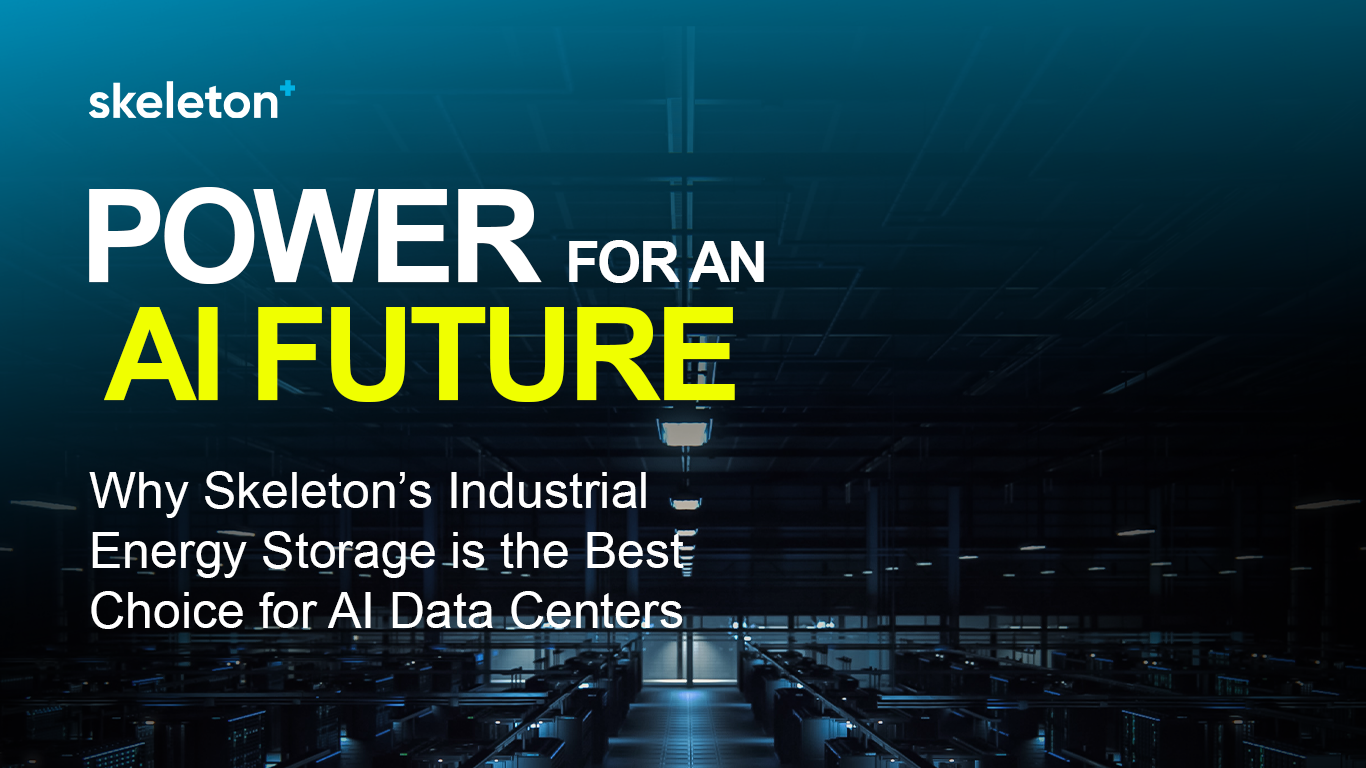

Did you know that Curved Graphene is becoming one of the most pivotal materials for Europe's cleaner energy future?
Currently, the EU imports over 90% of the critical and rare metals from China — a practice that is neither sustainable nor environmentally responsible. Europe faces a crucial moment to reduce its dependence on these imports and embrace more responsible alternatives. Curved Graphene offers a promising solution, providing a locally produced supercapacitors in Germany, Leipzig Superfactory, cost-effective, and environmentally friendly approach to energy storage. This innovation not only addresses the need for greater environmental responsibility but also ensures a safer and more sustainable production process for OEM manufacturers.
What are the key differences between Graphene and Curved Graphene?
Graphene as a Carbon allotrope consists of a flat single layer of Carbon atoms, which are bonded to each other in a honeycomb structure. You can imagine this flat layer of Carbon atoms as a sheet of paper. Curved Graphene, on the other hand, is not a single layer of Carbon atoms, but consists of triangles forming pyramid-like structures. Imagine Curved Graphene as several side-by-side pyramids which are bonded to each other. This structure makes Curved Graphene more similar to commercial activated carbons that are used in conventional supercapacitors and elsewhere. However, thanks to Curved Graphene being a synthetic material (we synthesize it in house!), we can control the properties of the product well and this makes it a superior material for use in supercapacitors when compared to conventional activated carbons, which are made from an organic source. As a result, our Curved Graphene supercapacitors reach a 72% higher capacity than conventional activated carbon-based supercapacitors. In turn, this enables us to store significantly more energy while not compromising on the power of the product. For our customers, this means the same high-power energy storage, but with the added benefit of storing more energy.
How to choose a suitable energy storage technology? Supercapacitors based on Curved Graphene material vs. Li-ion batteries?
The selection of suitable energy storage technology depends on several factors such as a typical operating profile, energy vs power need, weight and space limitations etc. In Skeleton, we like to say that we are not in the kWh business of batteries, but in MWs business of supercapacitors. While Li-ion is a suitable technology to power electric vehicles (EV) or other appliances in the range of hours, our Curved Graphene supercapacitors are the optimal product for applications where quick response times and high power delivery are of essence. When looking for a suitable product for 12V boardnet applications in automotive, frequency and voltage regulation in electrical grids or even starting a vehicle engine, one will not have to look further than Curved Graphene supercapacitor-based energy storage. Another important aspect to consider is the safety – overheating or severely damaging the supercapacitors does not result in a catastrophic failure, enabling the user to save on costs of safety systems which would be necessary for Li-ion batteries. Where such aspects are of high importance, people will find an attractive solution in our Curved Graphene products.
Curved graphene supercapacitors have much higher energy density and better micropore ratios. So, what’s holding back their wider adoption in industry compared to Li-ion batteries?
Curved Graphene as a material has been around for a while, but even our pilot production plant in Bitterfeld-Wolfen, Germany is by far the largest production facility for this material globally. We are now working on scaling up the Curved Graphene production to industrial scale and expect to bring the first commercial manufacturing plant online next year. The fact that we are working on this now is the result of more than 15 years of R&D work in Skeleton. This is the beauty and pain of being at the forefront of innovation – you can’t go googling for solutions, you have to make and learn from your own mistakes. Even the equipment used for synthesizing the material is tailor-made for our product and process.
In addition to the technical and R&D hurdles, it seems that the market is only now starting to adopt supercapacitor-based energy storage on a mass scale. While the automotive industry has been focusing on Li-ion and EVs in recent years, we are now seeing a strong pull for supercapacitors from the OEMs. The same goes for the electrical grids and TSOs – as the conventional combustion-based power plants are phased out, keeping the frequency and voltage in the electrical grids gets more and more challenging. Therefore, supercapacitor-based E-STATCOM systems are seen as the key enabler for integrating more renewable energy sources into our electrical systems while keeping the required power quality in the coming years. One could even say that we have always been here with our product, and it is now that the markets are really starting to adopt supercapacitor technology massively. Naturally, such commercial demand growth means tailwind for our Curved Graphene upscaling plans.
Currently, over 90% of the critical and rare metals used in batteries are sourced from China. What role will Skeleton's Curved Graphene play in Europe's efforts to reduce dependency on imported metals and increase the production of domestic raw materials, given the EU's substantial investment in securing critical raw materials?
Curved Graphene fits into EU’s strategic autonomy plans like a glove. As discussed above, Curved Graphene is a synthetic material, which we can produce in house without being directly dependent on the availability or extraction of minerals. Looking further upstream, our most important production inputs are also synthetic and already used in several other industries, meaning that there is already an existing and local supply chain for such materials. For example, 4 out of 5 raw materials used in Curved Graphene production are produced within the same chemical park we are located in. Therefore, the commercial adoption of Curved Graphene plays a key role in ensuring that the European energy storage industry has a locally manufactured raw material made from locally available resources.





